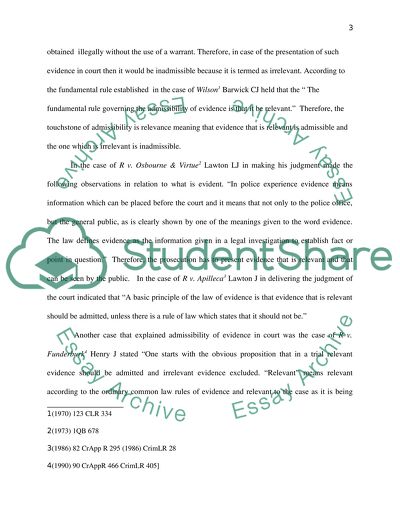Cite this document
(“Law of Evidence Case Study Example | Topics and Well Written Essays - 3250 words”, n.d.)
Law of Evidence Case Study Example | Topics and Well Written Essays - 3250 words. Retrieved from https://studentshare.org/law/1679600-law-of-evidence
Law of Evidence Case Study Example | Topics and Well Written Essays - 3250 words. Retrieved from https://studentshare.org/law/1679600-law-of-evidence
(Law of Evidence Case Study Example | Topics and Well Written Essays - 3250 Words)
Law of Evidence Case Study Example | Topics and Well Written Essays - 3250 Words. https://studentshare.org/law/1679600-law-of-evidence.
Law of Evidence Case Study Example | Topics and Well Written Essays - 3250 Words. https://studentshare.org/law/1679600-law-of-evidence.
“Law of Evidence Case Study Example | Topics and Well Written Essays - 3250 Words”, n.d. https://studentshare.org/law/1679600-law-of-evidence.


